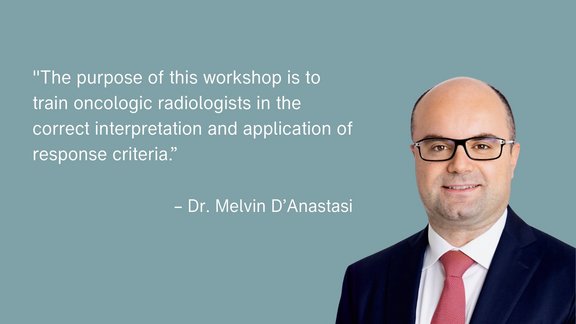A multicenter study [1] based on the German research infrastructure project RACOON (Radiological Cooperative Network of the COVID-19 pandemic; a Netzwerk Universitätsmedizin project) investigated the prognostic relevance of pericardial effusion (PE) in a cohort of patients with COVID-19.
“The prognostic role of pericardial effusion (PE) in Covid 19 remains unclear,” stated the researchers. “First, the exact prevalence of this finding in Covid 19 is unknown. Second, only few studies with small number of patients analyzed the predictive significance of PE in Covid 19. Third, the findings reported in these studies are contradictory. The aim of the present study was therefore to estimate the prognostic role of PE in patients with Covid 19 in a large representative cohort, with nationwide coverage, in a multicentre setting.”
The retrospective study included data from 1197 patients with confirmed COVID-19 diagnosed by polymerase chain reaction (PCR) testing. The researchers focused on the prevalence of PE, its correlation with clinical outcomes, and its predictive role in 30-day mortality, mechanical ventilation necessity, and intensive care unit (ICU) admission.
All measurements were taken by experienced radiologists in mint Lesion™, with all readers being blinded to clinical outcomes.
A total of 46.4% of patients required admission to the ICU, with mechanical lung ventilation administered in 26.6% of cases. PE was present in 13.3% of patients, and its incidence was higher in cases leading to fatal outcomes (24% of patients who exhibited 30-day mortality). Non-survivors and patients requiring ICU admission or mechanical ventilation exhibited higher PE density. Notably, PE presence was not correlated with the extent of pulmonary damage assessed by CT scoring (density r = −0.02, p = 0.71 and width r = 0.10, p = 0.18).
The study suggests that PE serves as an independent predictor of 30-day mortality, especially in male patients with COVID-19 (p-value = 0.04). The prevalence of PE was higher in male patients than in female patients (14.7% vs. 9.9%, p = 0.051). However, the predictive role of PE was not observed in female patients.
The results emphasize the clinical relevance of PE as an imaging biomarker in COVID-19 patients, potentially aiding in treatment decision-making and escalation. Despite limitations such as the retrospective design and the absence of additional cardiac imaging, the study provides valuable insights into the role of PE in predicting outcomes, offering implications for future disease management and research.
Read the whole publication here.
[1] Bucher, AM, Henzel, K, Meyer HJ et al., Pericardial Effusion Predicts Clinical Outcomes in Patients with COVID-19: A Nationwide Multicenter Study, Academic Radiology 2023



